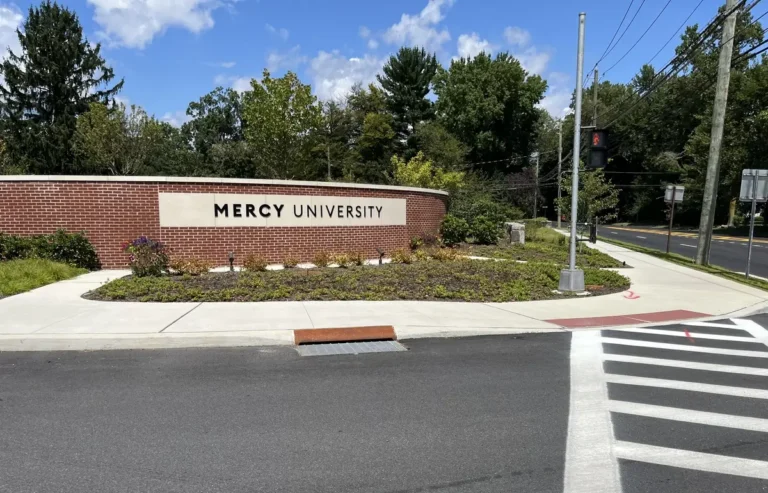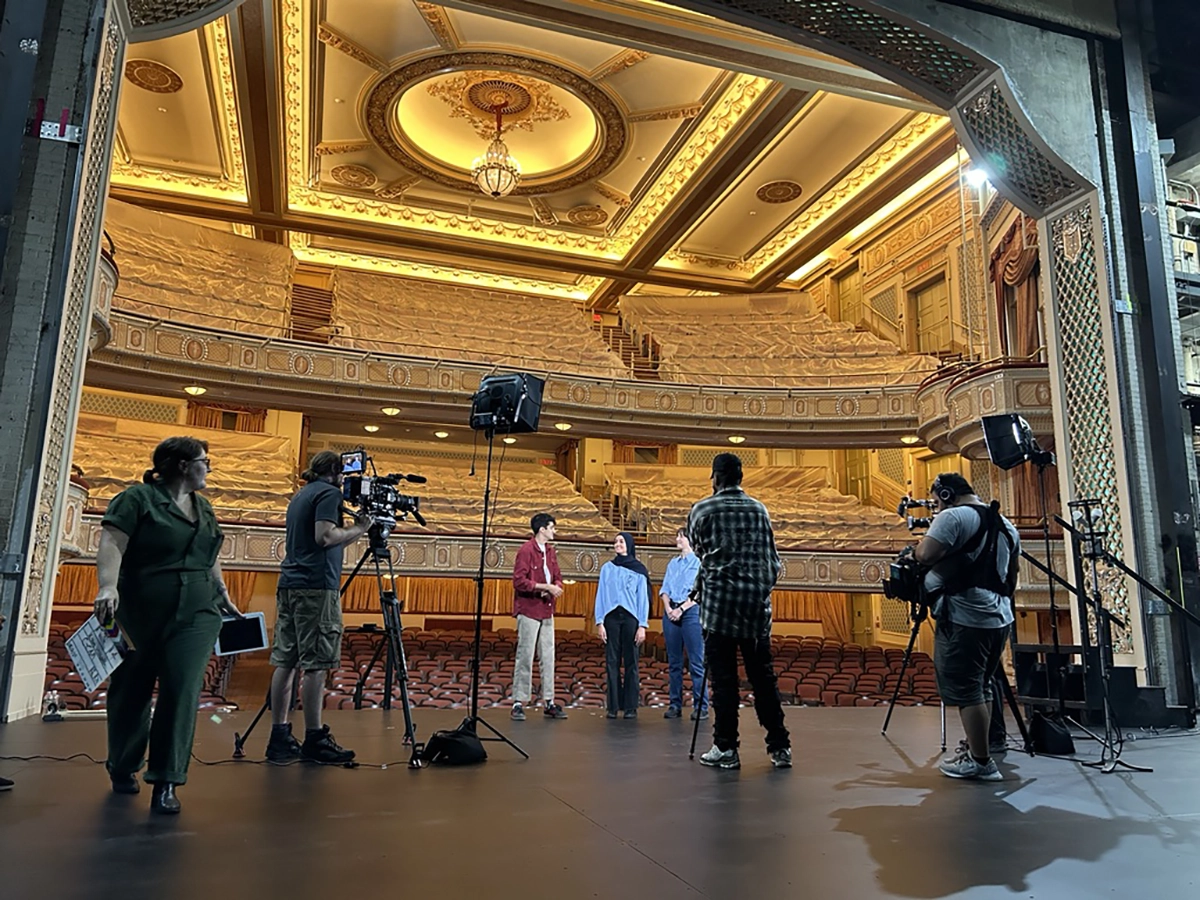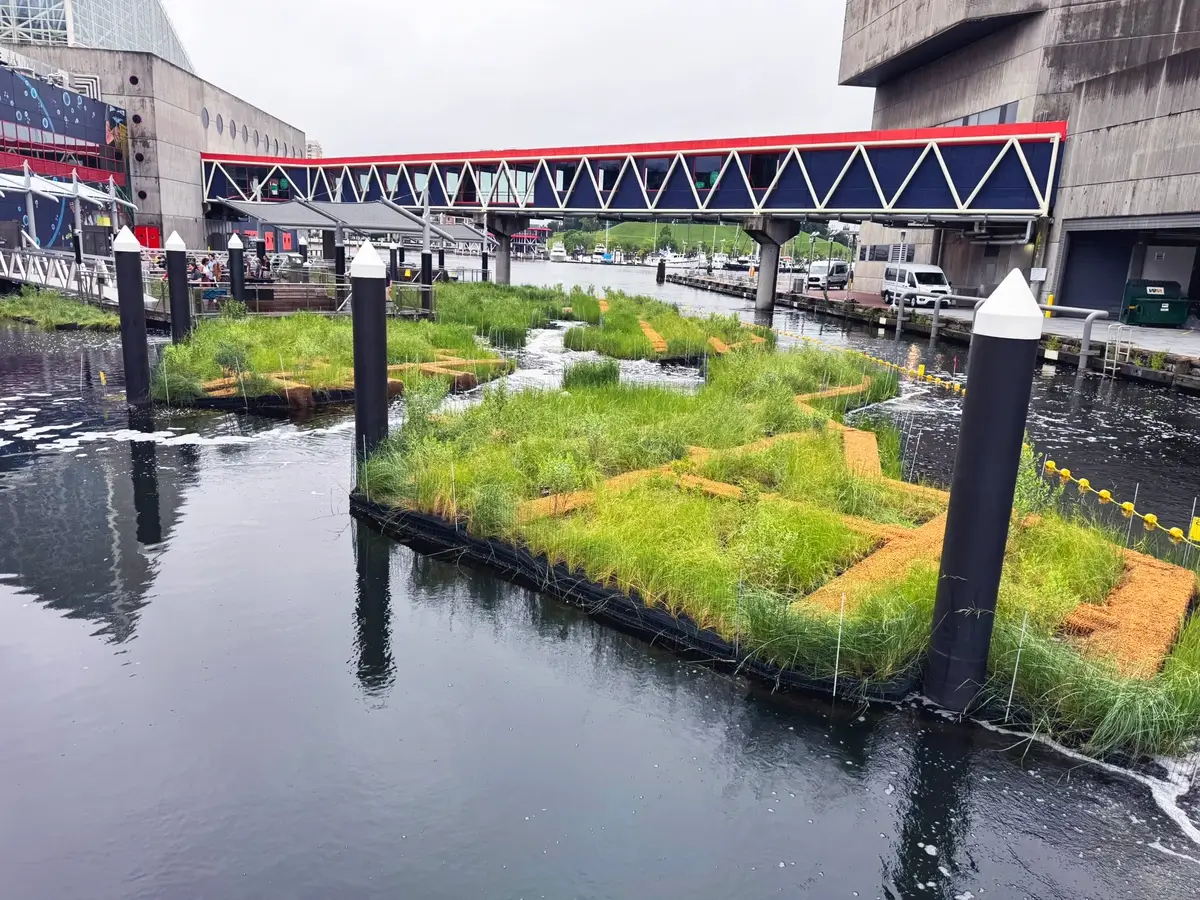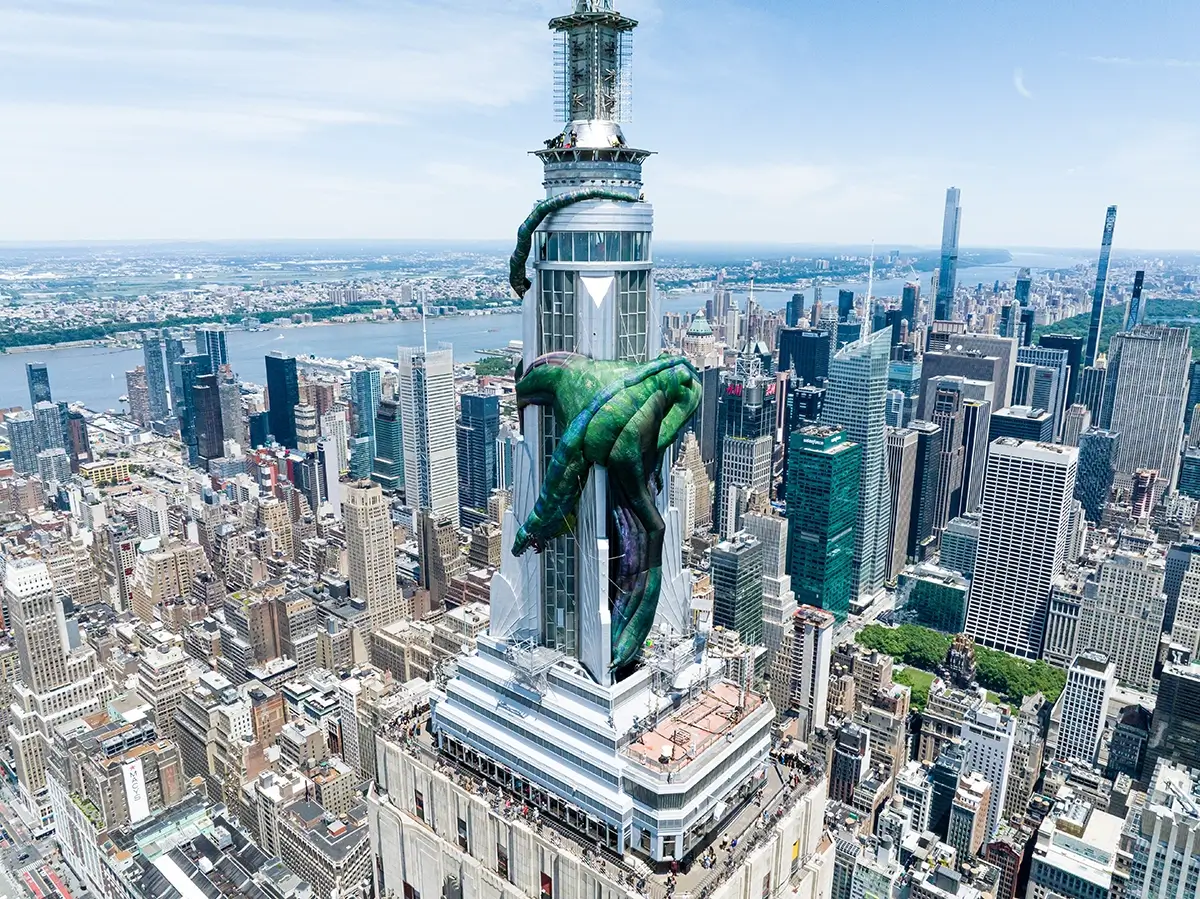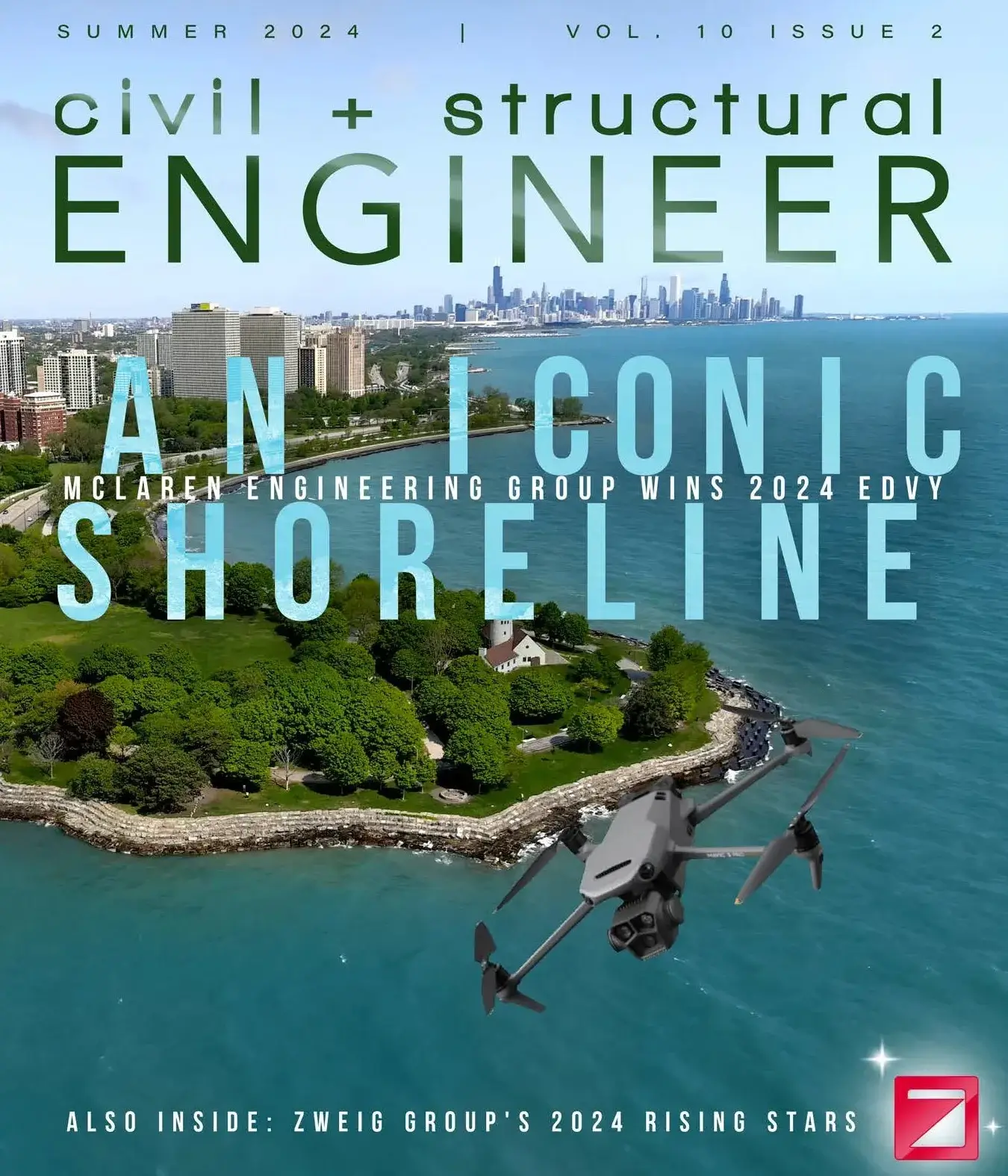The Wartburg – Adult Care Community Development
McLaren Engineering Group’s work on the Wartburg Adult Care Community in Mount Vernon, NY included site/civil engineering for a major upgrade of the senior care facility. McLaren provided construction support for the new housing building and relocation of the assisted living facility into a new modern building that also included a new adult daycare program.

